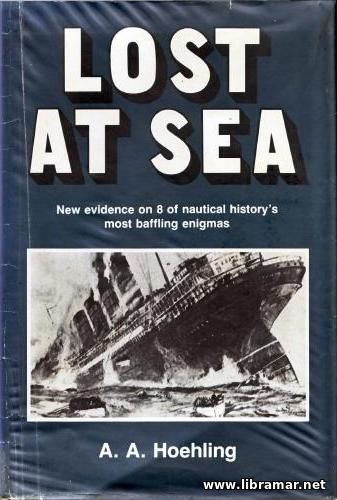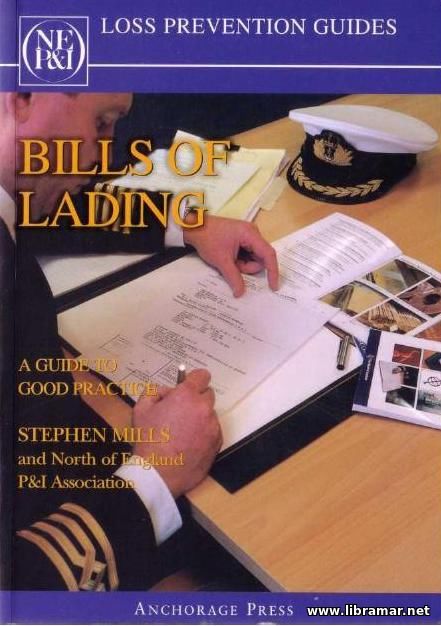BOATS, SHIPS, SUBMARINES, AND OTHER FLOATING MACHINES — HOW THINGS WORK SERIES

| Author(s) | Ian Graham |
| Publisher | Kingfisher Books |
| Date | 1993 |
| Pages | 40 |
| Format | |
| Size | 50 Mb |
| D O W N L O A D | |
Led by the need to find food, or just curiosity, people have always explored the world around them. Our ancestors probably made their first journeys on water by floating out into rivers and bay on top of tree trunks. As long as 10,000 years ago, they had learned to make simple boats called dugouts by hollowing out tree trunks. Many thousands of years later people discovered that boats could be built by joining wooden planks together. Boats could now be any shape or size. Small ones were pushed along by paddles or oars, but larger ones needed the power of wind pushing against sails to propel them. All the great voyages of exploration were made by sailing ships. Then, in the 1800s, the invention of the steam engine opened up a new source of power and led to new designs. In this century, new materials and small powerful engines have made lightweight yachts and motor-boats possible. And the popularity of water sports has led to the invention of water skis, the sailboard, and the jet ski.
The "Read Later" function allows you to add material to this block with just one click. Just click on the icon and read the articles that interest you at any convenient time.


